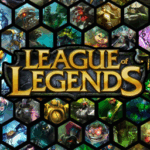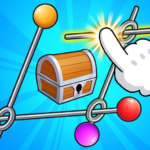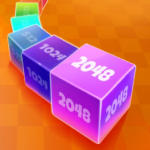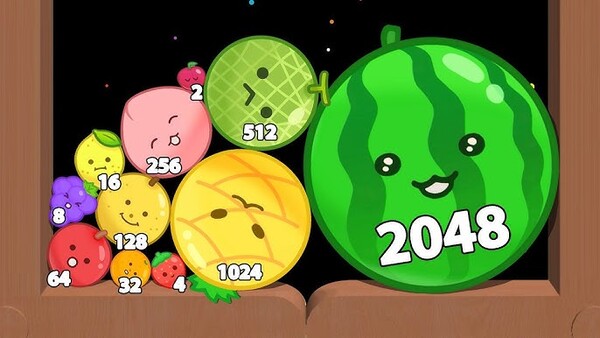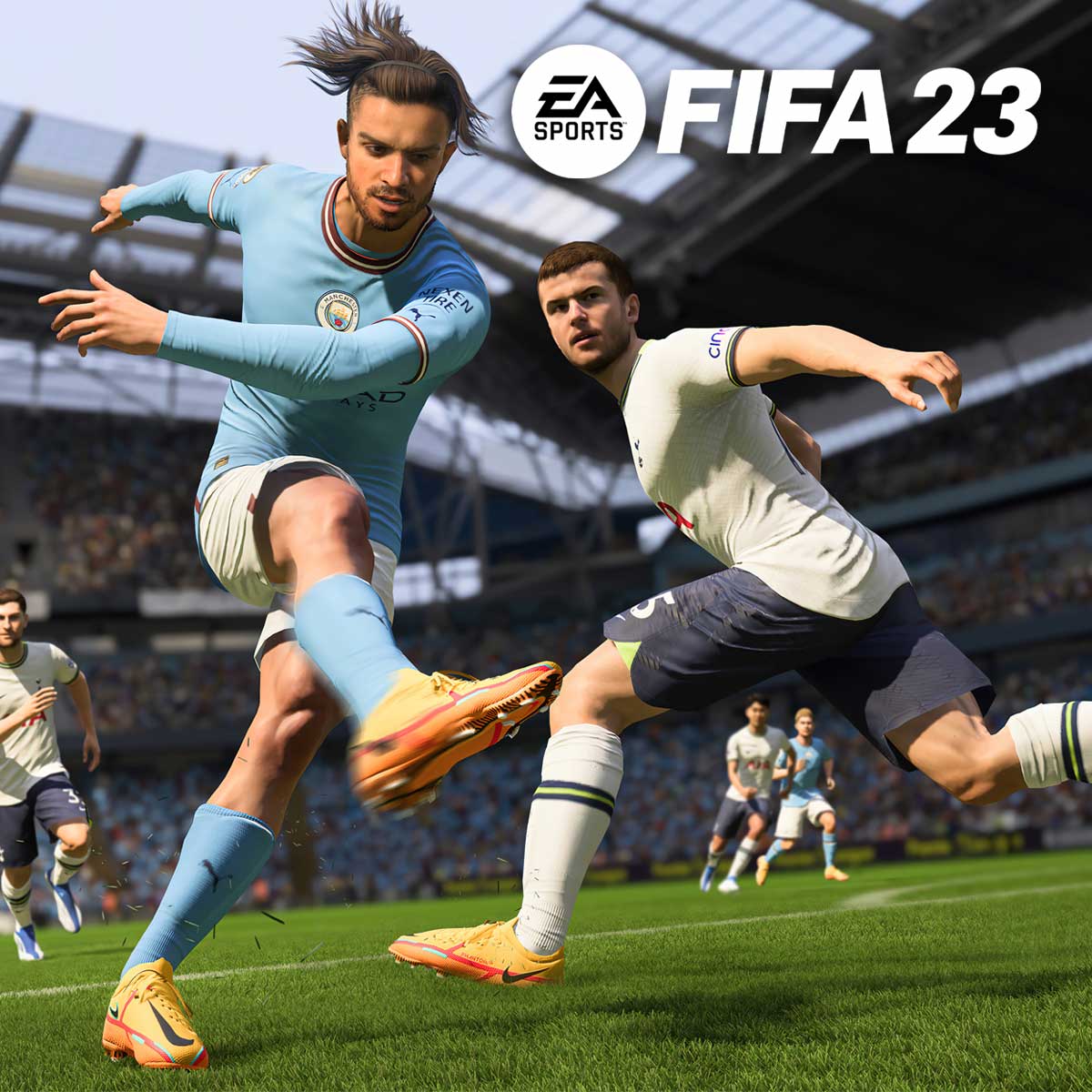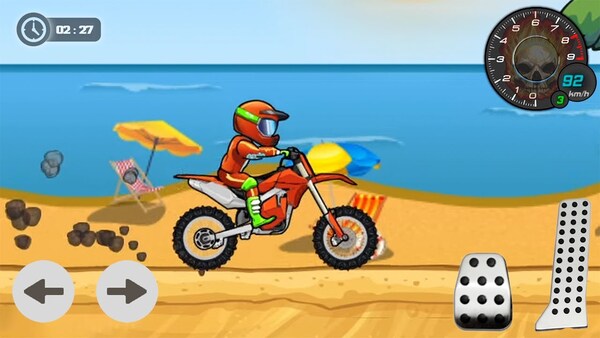Valorant, developed and published by Riot Games, is a 5v5 competitive tactical shooter that masterfully blends the precise gunplay of Counter-Strike with hero-based abilities reminiscent of Overwatch. Since its official launch in June 2020, Valorant has carved out a dominant place in the world of esports and first-person shooters (FPS).
With a strong emphasis on team coordination, map control, and mechanical skill, Valorant is designed for competitive integrity while appealing to both casual and professional players. This article provides an in-depth look at Valorant—from its origins and core gameplay to its esports evolution, agent roster, and final evaluation.
Riot’s Tactical Ambition: The Origins of Valorant
After the massive success of League of Legends, Riot Games sought to expand into new genres. Project A, later revealed as Valorant, was their take on the competitive shooter market.
The Beginning
-
Riot officially announced the game in October 2019 with a promise to offer precise gunplay, low-latency servers, and anti-cheat measures.
-
The beta release in April 2020 drew millions of players and viewers via Twitch’s beta key drop system.
Riot's Vision
-
To combine tactical FPS mechanics with character-driven gameplay.
-
Ensure competitive balance while maintaining high visual and performance standards.
The result? A new benchmark for modern shooters that has only grown since launch.
Core Gameplay: Strategy, Shooting, and Synergy
Valorant’s primary mode is a 5v5 attack-defend setup, where the attacking team plants a spike (bomb) and the defending team prevents or defuses it.
Game Structure
-
Rounds: Best-of-25 format; first to 13 wins.
-
Economy System: Players earn credits per round to buy weapons, shields, and abilities.
Tactical Depth
-
Emphasis on crosshair placement, sound cues, agent synergy, and map knowledge.
-
Each match feels like a mental chess game requiring coordination and clutch performance.
The blend of twitch reflexes and deliberate team strategy gives Valorant a rewarding competitive curve.
Agents and Abilities: Where Strategy Meets Personality
What differentiates Valorant from traditional tactical shooters is its agent system. Each character, or “Agent,” has unique abilities and ultimates.
Agent Roles
Agents are divided into four categories:
-
Duelists (e.g., Jett, Reyna): Fraggers who seek kills and entry.
-
Initiators (e.g., Sova, Breach): Break through defenses with utility.
-
Sentinels (e.g., Sage, Killjoy): Defenders and support agents.
-
Controllers (e.g., Omen, Viper): Control sightlines and manipulate space.
Balancing Act
-
Each agent has 3 purchasable abilities and one ultimate.
-
Abilities must complement, not replace, gunplay.
This adds a layer of creativity and strategy to traditional FPS combat while retaining mechanical skill as the main win condition.
Map Design and Rotations
Valorant’s maps are designed with both tactical depth and creative flair. Each map introduces distinct mechanics to encourage diverse playstyles.
Current Maps (As of 2025)
-
Bind – Teleporters and choke points.
-
Haven – Three bomb sites, a unique twist.
-
Split – Vertical gameplay with ropes.
-
Ascent – Mid-control emphasis.
-
Icebox – Tight angles and verticality.
-
Breeze – Wide open spaces, long sightlines.
-
Fracture – Dual-entry attacker spawn.
-
Pearl, Lotus, Sunset – Later additions with creative geometry.
Rotating Map Pool
-
Riot implements map rotations to keep matchmaking fresh.
-
Each map requires new callouts, angles, and team coordination.
This encourages adaptability and continuous learning for players at all levels.
Game Modes Beyond Competitive
While Valorant is heavily focused on ranked play, it offers several modes for casual, practice, or event-based play.
Available Game Modes
-
Unrated – Standard match without rank pressure.
-
Spike Rush – Shorter, quicker matches with random weapons.
-
Deathmatch – Respawn-enabled aim practice.
-
Custom Games – For tournaments, scrims, or training.
-
Escalation – Weapon upgrade mode, similar to Gun Game.
These modes allow players to sharpen skills, try new agents, or relax between ranked sessions.
Ranked System and Competitive Integrity
Valorant’s ranked mode is central to its long-term appeal. It uses a tiered system similar to other Riot titles.
Ranked Tiers
-
Iron → Radiant (with sub-ranks like Iron 1-3, Bronze 1-3, etc.).
-
Immortal and Radiant are reserved for top-tier players, especially in regional leaderboards.
MMR and Rank Rating (RR)
-
Valorant uses a hidden Matchmaking Rating (MMR) and visible Rank Rating (RR) system.
-
Performance, win/loss ratio, and consistency affect your progression.
This dual system ensures fairness while rewarding players who consistently perform well.
Anti-Cheat and Server Performance
Valorant places high importance on competitive integrity and latency reduction, often surpassing its peers.
Vanguard Anti-Cheat
-
Riot developed a custom kernel-level anti-cheat system called Vanguard.
-
It prevents third-party software but sparked privacy debates.
Server Quality
-
128-tick servers by default.
-
Riot operates datacenters across multiple regions for sub-35ms ping in most populated zones.
These factors make Valorant ideal for players who want an even playing field at every rank.
Esports and Valorant Champions Tour (VCT)
Valorant has rapidly become a global force in esports, bolstered by Riot’s structured approach to competitive scenes.
Valorant Champions Tour (VCT)
-
Features Challengers, Masters, and the Champions tournament.
-
Franchised leagues like VCT Americas, EMEA, and Pacific.
Major Teams and Orgs
-
Global orgs like Sentinels, Fnatic, DRX, LOUD, and Paper Rex dominate the stage.
-
Individual stars like TenZ, Derke, and Aspas are fan favorites.
The VCT ecosystem continues to grow with massive prize pools, international events, and high production value.
Cosmetic System and Monetization
Valorant monetizes through cosmetic skins and seasonal battle passes, avoiding pay-to-win mechanics.
Skins and Cosmetics
-
Weapon skins range from minimalist to fully animated with custom kill sounds.
-
Skin tiers: Select → Deluxe → Premium → Ultra → Exclusive.
Battle Passes and Events
-
Offer weapon skins, gun buddies, sprays, and player cards.
-
New bundles released monthly with lore-rich themes (e.g., Elderflame, RGX, Oni).
While skins can be expensive, none affect gameplay, making cosmetic monetization purely optional.
Final Rating: 9.2/10
| Category | Score |
|---|---|
| Gameplay Mechanics | 9.5 |
| Competitive Balance | 9.5 |
| Agent Design | 9.0 |
| Accessibility | 8.5 |
| Esports Infrastructure | 9.5 |
| Monetization Ethics | 8.8 |
Valorant delivers one of the most refined and rewarding FPS experiences available today. Its marriage of tactical gunplay and creative agent mechanics make it both cerebral and exhilarating. Riot Games has not only built a shooter but a thriving competitive ecosystem with global influence.
Whether you're grinding to Radiant or just enjoying custom matches with friends, Valorant stands as a modern pillar of the shooter genre.








